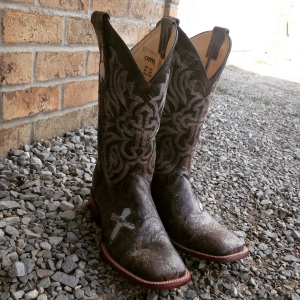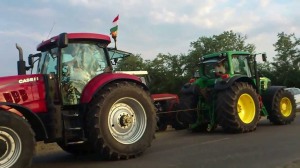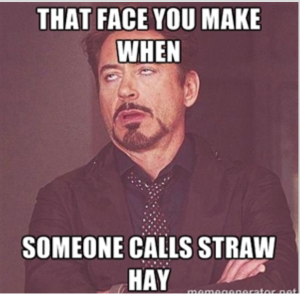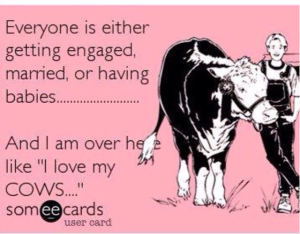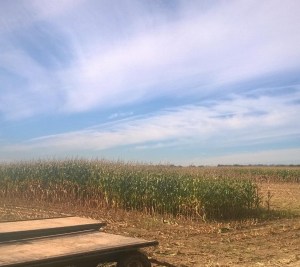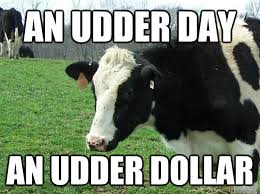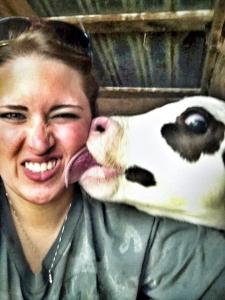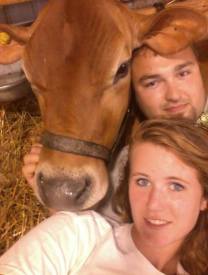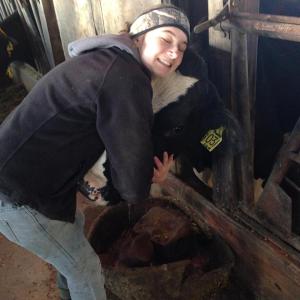All of my friends come from different walks of life, but for my friends who didn’t come from a farm they sometimes have a hard time understanding the farm lifestyle. Here’s a list of things I think some people can relate to.
1. You don’t have set work hours
When your non-farm friends wanna hang out it’s hard for them to realize you don’t work from 9-5. They might think you’re making up excuses when you tell them “we can’t hang out till it rains” or “sorry I was late, I had to help deliver a calf” Or if one takes you on a date to the movies and you fall asleep half way through the show, they think it’s because you’re not interested in them, when in reality its because you’ve been up since 4am and you’re tired (looks like you won’t be getting a second date with that one!)
2. Your hygiene levels are not equal to theirs
No matter how much you clean up for a night out on the town your non-farm friends can always pick out the lingering odor of barn that you’ve become immune to. That smell just lives in your skin and clothes and can’t be washed off just like the grease in the callouses of your hands. Or maybe you didn’t have time to fully scrub up and quickly just changed your clothes before heading out. Now you’re downtown eating some fancy dinner and your non-farm friends point out that you have hay in your hair and manure stains on what you thought were clean jeans.
3. You wear boots everywhere
Work, casual, weddings: boots are not for just out in the barn and can go with any outfit even if the general public doesn’t find it fashionable. Your non-farm friends just don’t understand that wearing anything besides boots on your feet just doesn’t feel right. Although they are usually quite thankful to find out that you have a separate pair of boots for going out aside from your barn boots.
4. You’re not the life of the party
It’s 11pm, the music’s blaring, people are up and about socializing and you’re half passed out on the nearest couch. You’ve been up since the crack of dawn and its way passed you’re normal bed time. Your non-farm friends convince you to stay up and enjoy the party. Once it dies down everyone hits the hay and now you’re stuck pulling an all-nighter since morning chores are just around the corner.
5. You’re so fit and tan
Your non-farm friends are sometimes jealous of the fact that you pretty much eat whatever you want and don’t get fat or that you’re a golden bronze color all summer long. If they knew how hard you worked all day or that you’re entire summer is spent outside in the hot sun they probably wouldn’t be so envious of your appearance.
6. You avoid certain conversations
“Wait, What, you stuck your arm where in a cow?!” Sometimes when your non-farm friends ask you “so what did you do today?” it’s better to just leave out some parts. Although if they ask for some clarification on farm procedures you’re more than willing to go into more detail and teach them something new.
7. You make a big deal over what color a tractor is
To your non-farm friends it’s just a different paint color, but to you it’s one of the greatest debates in farm history.
8. You take farm terminology seriously
If your friends ever come over to the farm and point out a steer and call it a bull, you’ll be the first to correct them. They may not have come from a farm, but you’ll make darn sure to educate them on the differences between a cow and a heifer, hay and straw, a plow and a disc.
9. You have different life goals
While your non-farm friends might be busy trying to climb the corporate ladder or save to buy that house up on the hill, you’re busy at an auction trying to see if you can get a steal on some cattle or out trying to make a 6 digit offer on a piece of potential acreage.
10. Your pictures on social media don’t look like theirs
Your friends that don’t come from a farm sometimes find it strange that all your pictures on your social media are of nothing but animals, barns, tractors, and crops. Before they open one of your snapchats they are probably thinking, Let me guess? Another picture from working out in the fields and yes, their hypothesis is correct upon opening the picture. Or maybe it’s simply the fact that you only take selfies with your livestock that puzzles them.
Like My Page on Facebook for more farm fun (ps My blog is in the middle of changing from ‘The Modern Milkmaid’ to “The Buckeye Milkmaid”


